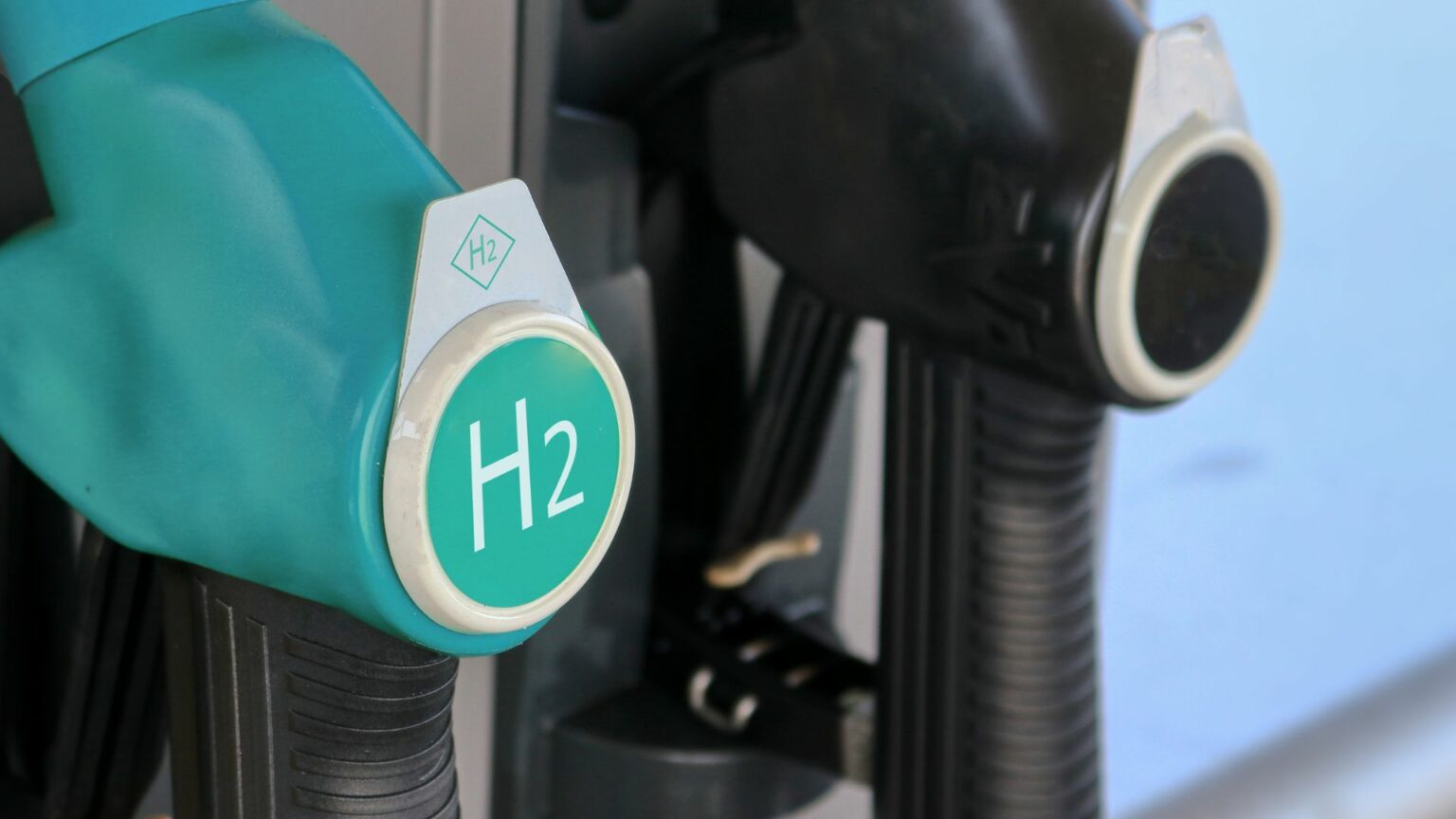A recent study titled “Research on Safety Resilience Evaluation of Hydrogen Station Based on System Dynamics Modeling” was published in the International Journal of Hydrogen Energy. The research was conducted by a team of scientists, including Jixin Zhang, Jianyu Qiao, Jincan Zhuo, Jiahui Wei, Lan Wang, Zhonghao Li, Shihao Zhang, and Qiuju You.
Context and Relevance
Hydrogen stations are critical infrastructure for the burgeoning hydrogen economy, which promises a clean alternative to fossil fuels. Ensuring the safety and resilience of these stations is paramount to gaining public trust and facilitating widespread adoption. This research fits within a broader industry effort to mitigate risks associated with hydrogen fueling stations, making it particularly relevant as hydrogen continues to gain traction as a cornerstone of future energy systems.
Main Findings
The research leverages system dynamics modeling to evaluate the safety resilience of hydrogen fueling stations. This modeling approach enables the authors to analyze complex interactions within the hydrogen station ecosystem, considering factors such as equipment failure, human error, and external shocks.
Key findings from the research abstract indicate that system dynamics modeling can effectively predict potential safety issues and provide insights into improving the resilience of hydrogen stations. This methodology allows for detailed simulation and examination of how different variables interact over time, leading to a more comprehensive understanding of safety risks.
Potential Applications
These findings have vast implications. Policymakers and engineers could use the insights from this research to design safer hydrogen stations, incorporating features that mitigate identified risks. Furthermore, existing station operators can benefit from these models by adjusting their safety protocols and emergency response strategies to enhance resilience.
Market Relevance
As hydrogen becomes an increasingly significant player in the global energy market, ensuring the safety of hydrogen stations is paramount. This research addresses industry concerns and could enhance public confidence in hydrogen technology. Investors and stakeholders might see this as a pivotal development that could accelerate the deployment of hydrogen infrastructure.
Technical Details and Methodologies
The study predominantly utilized system dynamics modeling, a methodology that models the behavior of complex systems over time using stocks, flows internal feedback loops, and time delays. This approach helps understand and forecast the performance and safety of hydrogen stations under various scenarios.
Broader Implications
Beyond immediate applications, this research lays the groundwork for subsequent studies to refine safety protocols for hydrogen technologies. It also highlights the importance of employing advanced modeling techniques to anticipate and mitigate risks in emerging energy sectors.
Key Takeaways
1. The study underscores the utility of system dynamics modeling in evaluating the safety resilience of hydrogen stations.
2. Findings could be instrumental in designing safer hydrogen infrastructures and optimizing existing setups.
3. This research could bolster public and stakeholder confidence in hydrogen technology, which is crucial for market adoption.
4. System dynamics modeling provides a robust framework for anticipating and addressing potential safety issues.
Overall, this research represents a significant step forward in ensuring the safe and resilient operation of hydrogen stations, which is crucial for the sustainable growth of the hydrogen economy.





